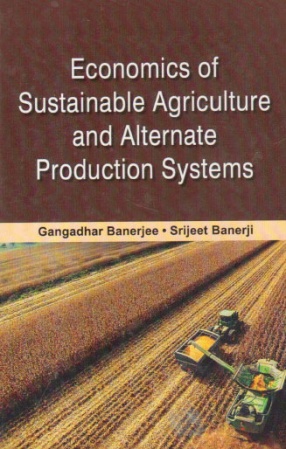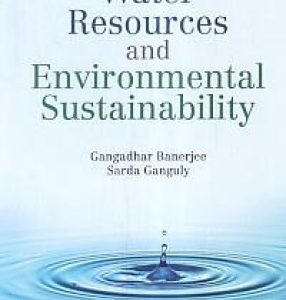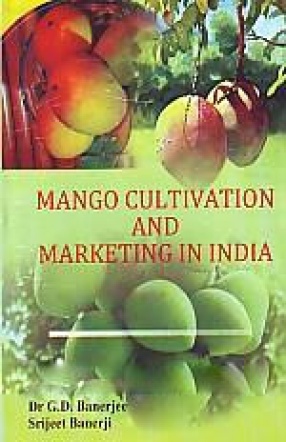The book outlines the dynamics issues and concerns of food security, sustainable development in agriculture, soil nutrients and water use efficiency, equitable distribution of gains, income and employment, etc. The book makes an attempt to describe the contribution of biotechnology in agriculture. It focuses on the major problems that have continued to plague Indian corporate farming like poor availability of quality seeds and planting materials, limited adoption of modern cultural and cultivation practices delay and poor application of irrigation and technologies, scattered use of crop protection techniques, slow development of harvest and post-harvest technologies, inadequate storage and logistics and dearth of transport and road network. Both government and industry level initiatives have been discussed for developing future strategies. An endeavour was made to deliberate on corporate farming and contract farming—a vehicle for the transfer of technology, modernization of peasant small-holdings and the creation of a stable and politically conservative class of family.
Contents: Foreword. Preface. I. Agricultural strategies and trade opportunities: 1. Indian agriculture a vibrant and cost effective sector. 2. Indian agriculture-developments, issues and challenges. 3. Some aspects of food security. II. Development needs for future generations: 4. Sustainable agriculture and rural development: issues and strategies. 5. Biotechnology: the second green revolution in Indian agriculture. 6. Organic agriculture—a consumer driven phenomenon. III. Alternative agricultural production systems: 7. Corporate farming. 8. Contractual farming. 9. Dryland and rainfed farming—a balance strategy vital. 10. Features of dry farm technologies (DFTs). 11. Agro-based industries. 12. Poultry farming in India-a dynamic agri-business. Bibliography.








There are no reviews yet.